Kate and Laura Mulleavy Break Down 'Woodshock'—the Most Stunning Movie You'll See This Year
The designer duo talk to MarieClaire.com about the inspiration and influences behind their beautiful new film.
When I sat down to watch Woodshock, the new film from Rodarte designers Kate and Laura Mulleavy, I was expecting a very pretty movie about Kirsten Dunst going on a drug trip. What I got was one of the most beautiful, existential, and introspective films of the year—full of songs by my favorite musicians (hi, Wire!), references to brilliant authors and artists, and subtle moments of symbolism.
Woodshock might not be for everyone (it takes its time, definitely doesn't follow traditional modes of plot, and has received some iffy reviews), but it's a feat of visual storytelling—and is definitely much more than a pretty movie with pretty fashion. The film is open to interpretation, but at its core it's a story about female agency and the female thought process—which is one of the reasons it feels so special.
MarieClaire.com spoke to the Mulleavy sisters about their debut movie, which basically involved a mutual nerd-out session about about Ulysses and Galaxie 500.
On the insanely gorgeous aesthetics in the film:
Laura: "We wanted to achieve a stream of conscious narrative for our character. We had references like Gerhard Richter and his smearing of paintings, because we wanted the film to feel like a watercolor and feel textural. The visual language developed when we got up to Humboldt. We were amongst those redwoods, and thought, 'How can we bring nature into this film and make it feel like you're in someone's mind?' We wanted to imbue emotion into the image as much as Kirsten would bring it into the performance. We wanted it to feel like we were part of her experience not just watching her experience."
On breaking the traditional rules of storytelling:
Laura: "Every film I love uses aesthetics as a way for storytelling. That's what filmmaking is. I feel like there's a little homogenization within the culture of filmmaking now. Maybe because of how much product we have to put out, or how much money everything needs to make. Artistic sacrifices are being made that don't need to be made. We didn't have a large budget, but we knew we could achieve really grand statements in aesthetics by having a visual viewpoint.... You're really making choices in narrative and plot to leave behind certain rules of storytelling. But those rules of narrative have been broken so many times—if you look at James Joyce, the poems of T.S. Eliot—this is how you communicate stream of conscious narrative."
On the movie's incredible songs (Galaxie 500 and Wire, anyone?!):
Kate: "When we featured music that wasn't composed, we associated it with the character Keith [played] and his world. He's a character that is, in a way, mysterious. The movie is really about Theresa's journey, so as she becomes increasingly isolated, there's only so much we can know about these other characters. But Keith's music, and the music we associate with him, kind of captures the mystery of his character. Galaxie 500, I've always loved. At a certain point while working on the film, Linda Cohen—our music supervisor—was pulling different songs and we tried Galaxie 500. It's one of those things where we said, 'This is the world of this movie.' It just made sense. You know what it was? It just seemed right."
On the movie's even more incredible score:
Laura: "The score was made to represent Theresa's voice—I always think of it as a method to communicate with the audience, it's like she's talking to you—it's her thought process. It's used to define what she's going through. When we met our composer Peter Raeburn, he said 'I was really thinking on the airplane that because the story is the singular voice of our narrator, I think we have to have as singular sound to define it.' He said the best way to do this was to use the harp. We were so excited just by him saying that—we knew the beauty and high frequency of the harp, and its loneliness was so perfect for her. We devised the score using the harp and gave Peter access to a sound file of something we recorded in the forest, which was a bird calling in the redwoods. He utilized it within the score, and the sound design."
Stay In The Know
Get exclusive access to fashion and beauty trends, hot-off-the-press celebrity news, and more.
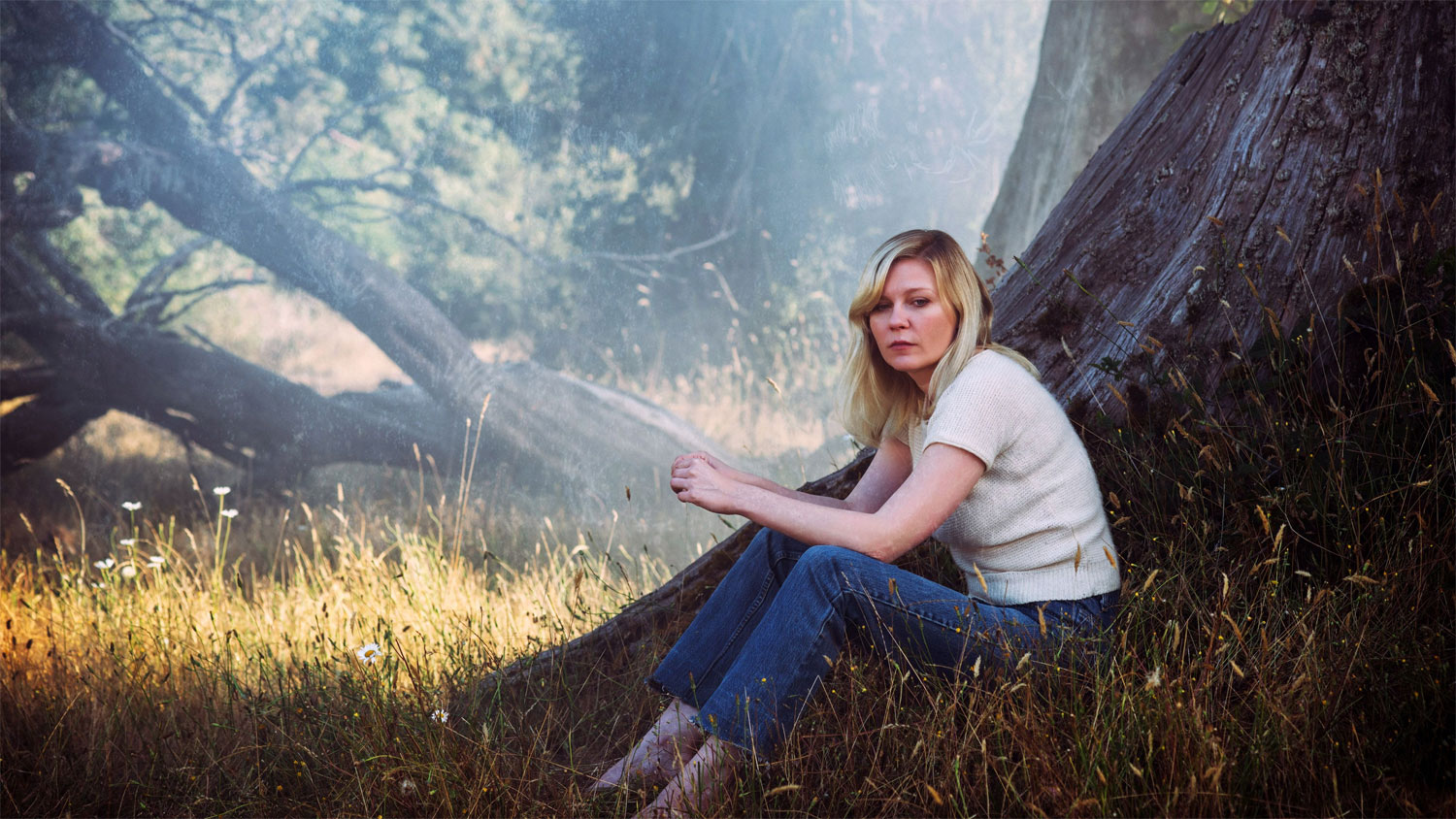
On how their favorite artists and authors crept into the creative process:
Laura: "I studied a lot of James Joyce in college—I carry that into the filmmaking process. I think we had more references to artwork [than other films]. In the editing process, we had a poster of The Ecstasy of Saint Theresa, a sculpture that we adore by Bernini that became our emblem for the end of the film. With Joyce—I was saying to Kate, why did we even want to tell Theresa's story as stream of consciousness? And then I realized, if you go to Ulysses, and look at the chapter that Molly Bloom has—it's in eight long sentences. James Joyce always said the female narrative was defined by stream of conscious. Maybe that's problematic that he made that statement, but I connect to that idea on some level."
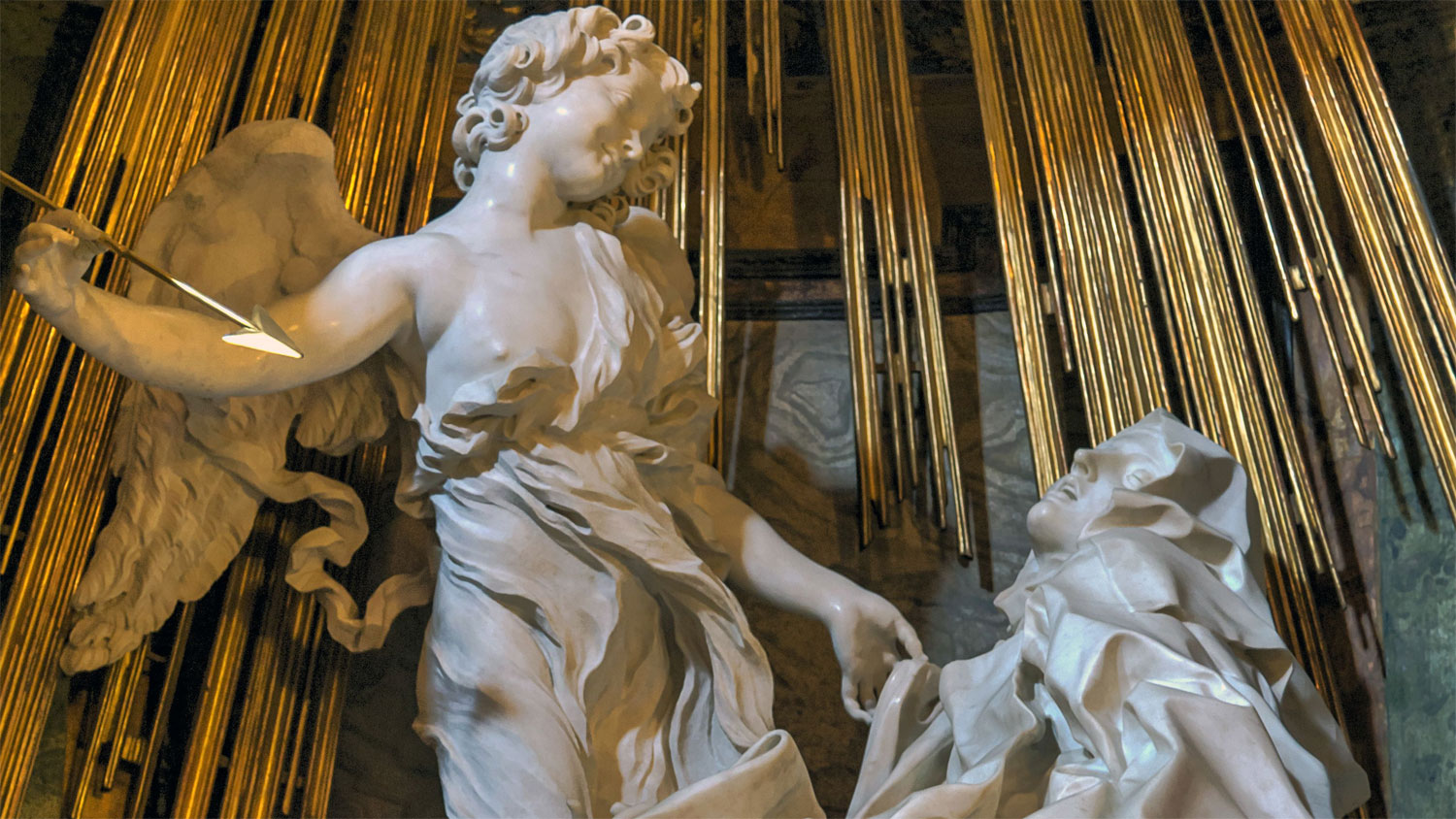
On the film's larger meaning:
Laura: "For us, it was about creating a story about women's agency. About a woman that makes choices and is in thought. It's also about the female body and violence against nature. And questioning the sublime, which is what makes beauty, what makes destruction—how do they go together?"
Kate: "For me, it's an existential film. It's a woman's existential crisis. Her whole world changes, and it calls into question 'What is my place in the world?' It's about big questions: What is life? What is my meaning here? What is death? Are we reborn in death? Is death a finality? Is death a re-beginning? For me, it's something I don't see that often...I think it's a movie about bigger ideas."
On keeping the film a secret:
Laura: "We didn't talk to anyone about making the movie. We wanted it to be a very private experience for us. We kept it very quiet. We didn't even tell people we were making the movie until we went to shoot it, and we started writing it in 2011. We wanted to protect that creative process as much as possible. When you bring something into a new experience, a lot of people can define what you do and how you do it, and I do know that one of the things Kate and I can bring to the table is really following through on an idea. We only really made this movie because we had that."
Woodshock hits theaters on September 22.
RELATED STORY
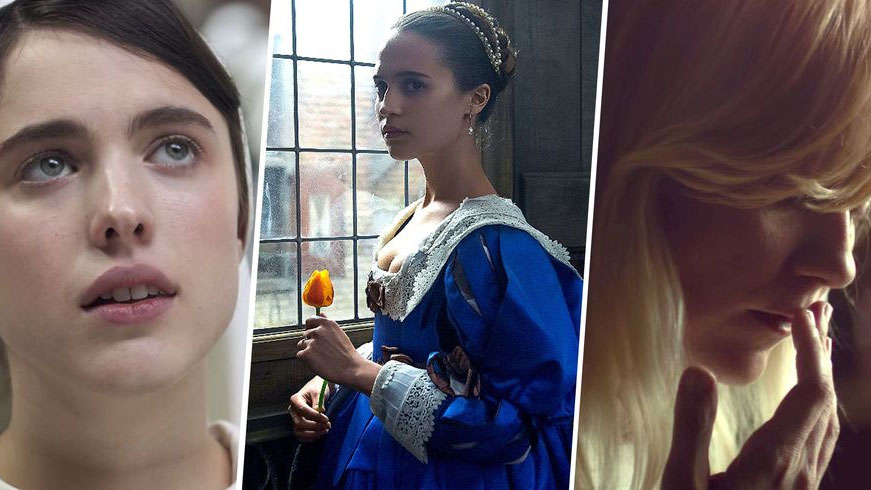
Follow Marie Claire on Facebook for the latest celeb news, beauty tips, fascinating reads, livestream video, and more.
Mehera Bonner is a celebrity and entertainment news writer who enjoys Bravo and Antiques Roadshow with equal enthusiasm. She was previously entertainment editor at Marie Claire and has covered pop culture for over a decade.
-
 Want Healthier-Looking Hair? This Unexpected Beauty Product Might Be the Answer
Want Healthier-Looking Hair? This Unexpected Beauty Product Might Be the AnswerSkip the shampoos, glosses, and treatments.
By Marie Claire Editors
-
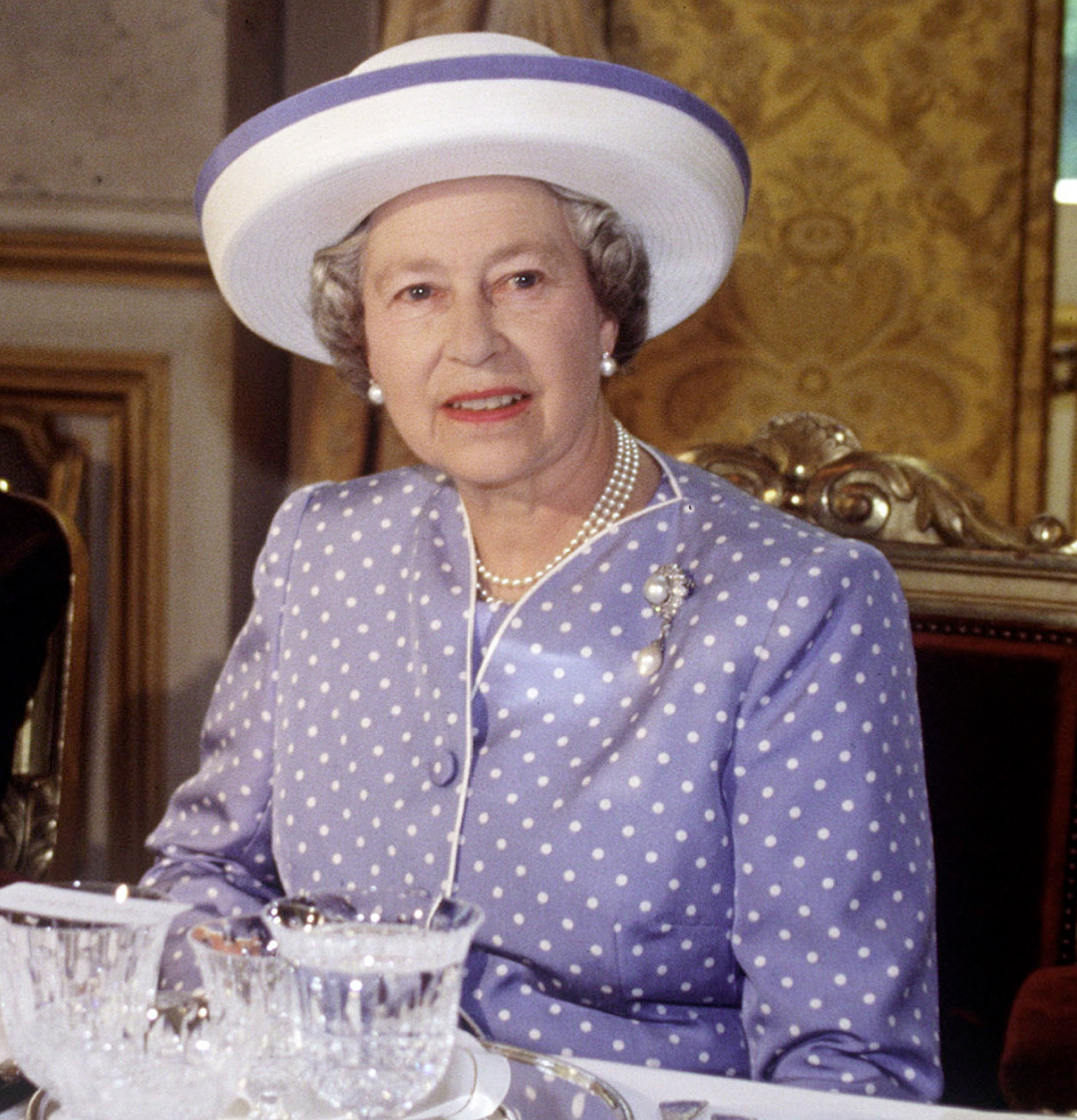 Queen Elizabeth's Two-Ingredient Lunch Supposedly Helped Her Stay Healthy and Look Younger
Queen Elizabeth's Two-Ingredient Lunch Supposedly Helped Her Stay Healthy and Look YoungerThe late monarch was "not a foodie," but kept her meals simple and fresh.
By Kristin Contino
-
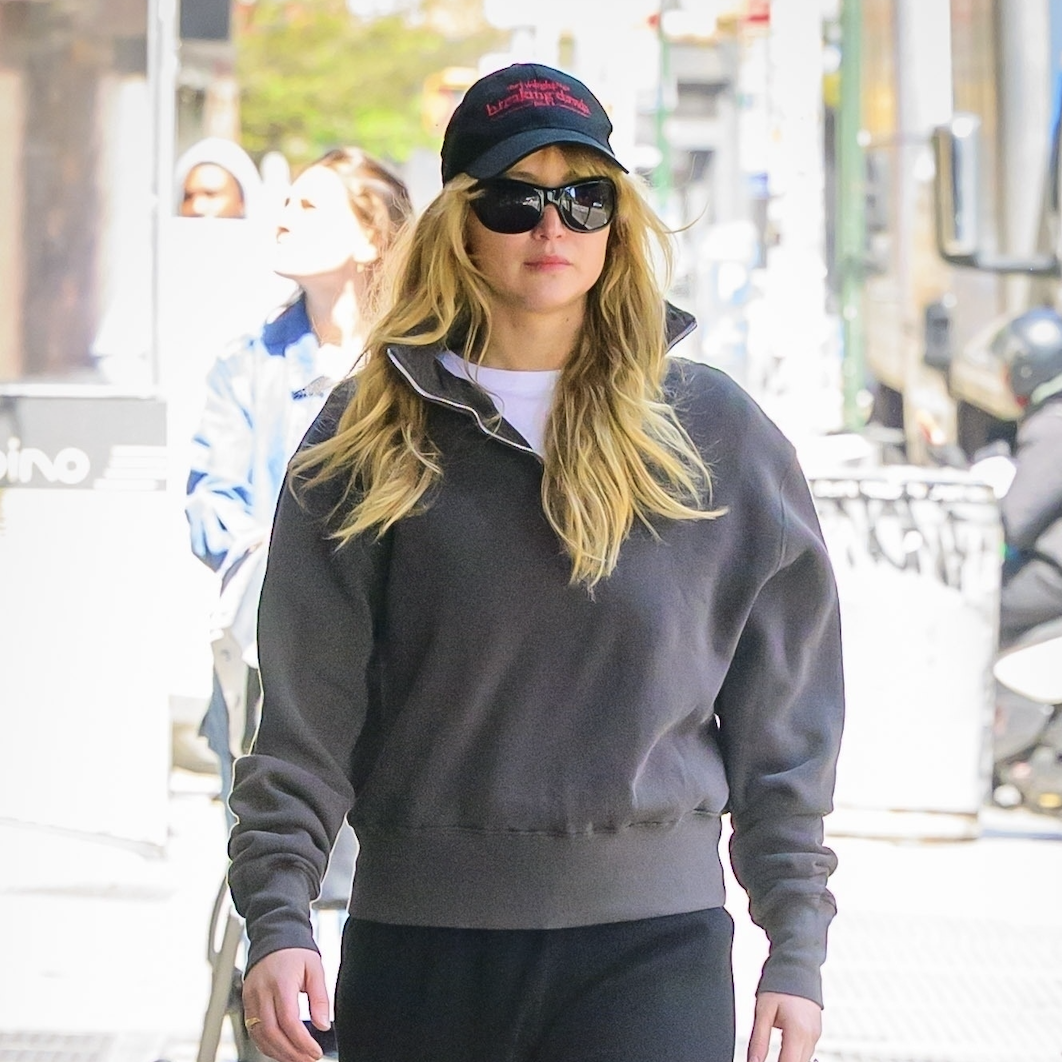 Jennifer Lawrence Trades Her Alaïa Naked Shoes for $10 Mesh Slippers
Jennifer Lawrence Trades Her Alaïa Naked Shoes for $10 Mesh SlippersIt's the most impressive accessorizing I've seen in years.
By Kelsey Stiegman
-
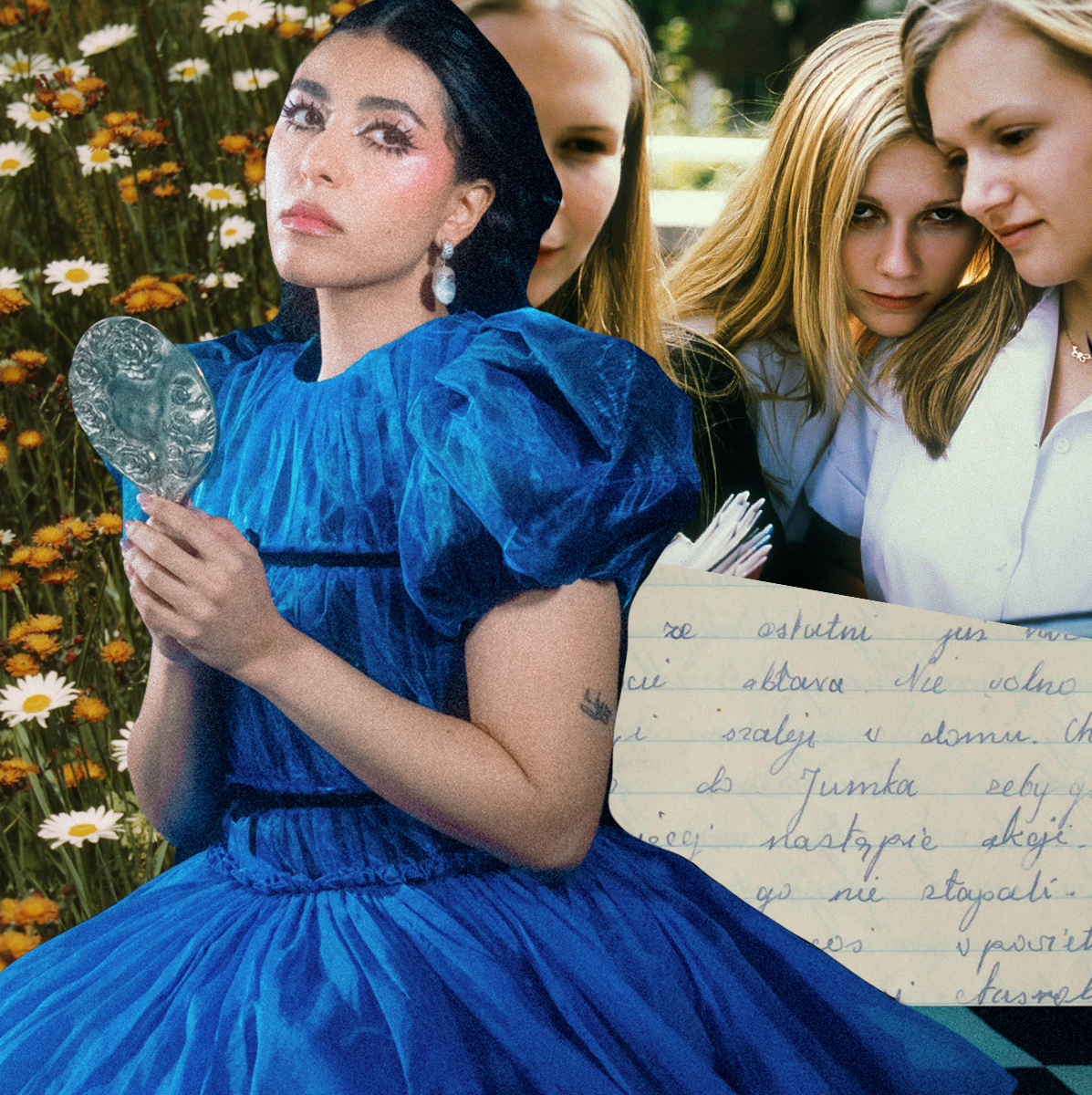 After 25 Years, 'The Virgin Suicides' Is Still Influencing Artists Like Me
After 25 Years, 'The Virgin Suicides' Is Still Influencing Artists Like MeTo coincide with the film's anniversary, Mia Berrin from Pom Pom Squad reflects on what it's meant to her artistic journey.
By Sadie Bell
-
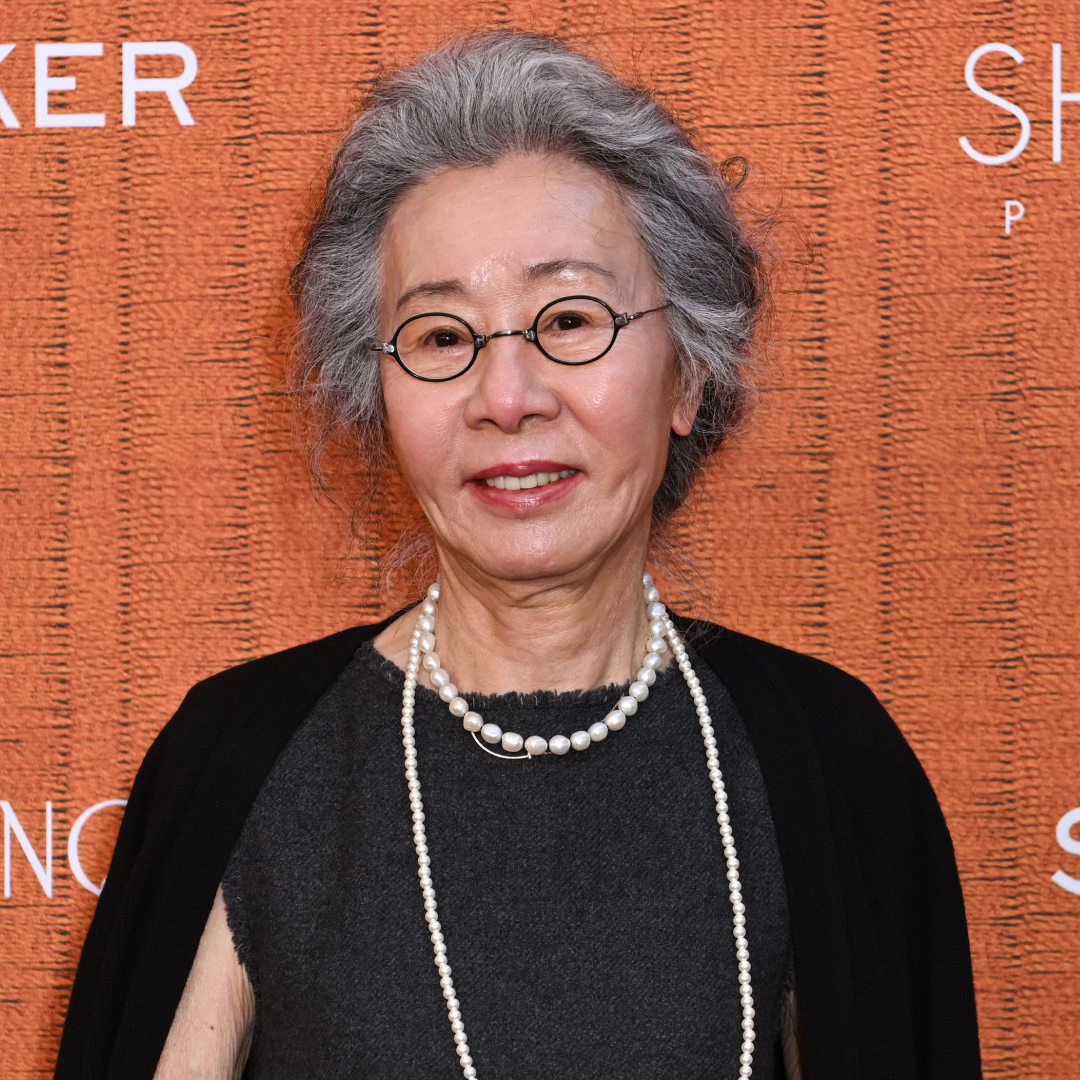 Youn Yuh-jung Poured Her Heart Into 'The Wedding Banquet'
Youn Yuh-jung Poured Her Heart Into 'The Wedding Banquet'The Oscar winner shares why the LGBTQ+ rom-com hit close to home and the message she hopes it sends to ''conservative'' Koreans.
By Quinci LeGardye
-
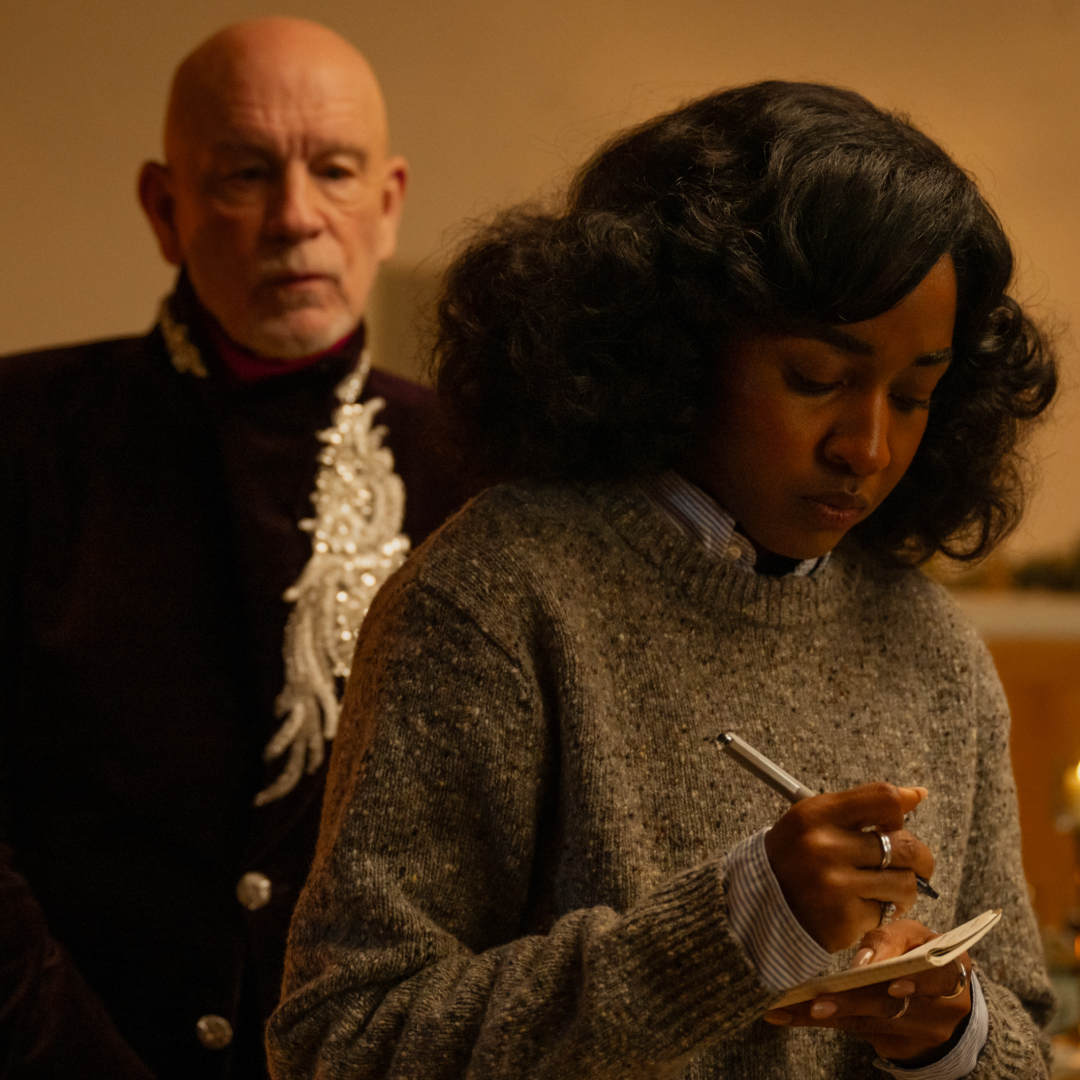 In 'Opus,' Cult Leaders and Pop Stars Are One in the Same
In 'Opus,' Cult Leaders and Pop Stars Are One in the SameThe A24 film's costume and production designers open up about crafting fictional pop icon Moretti’s style and mysterious estate.
By Sadie Bell
-
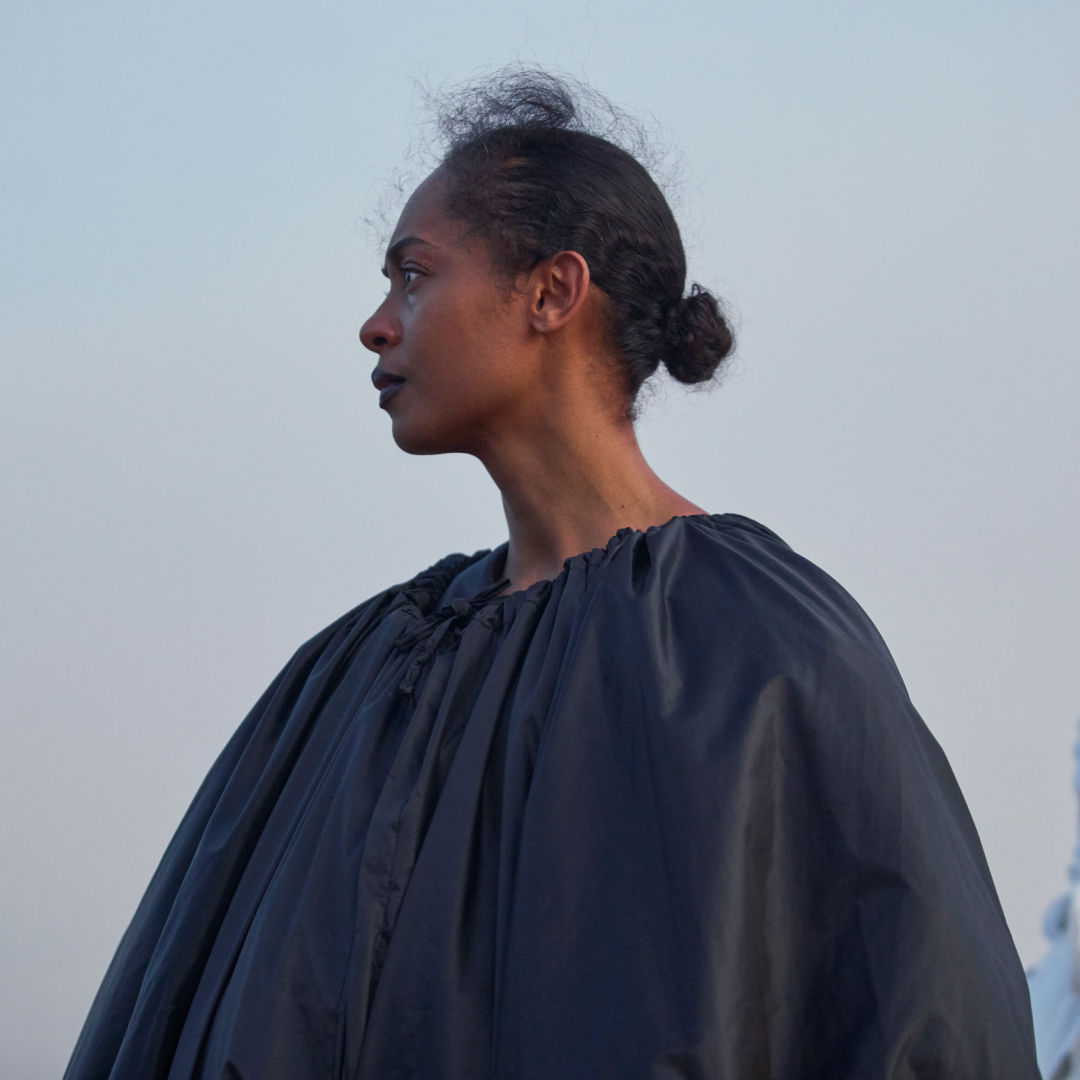 'On Becoming a Guinea Fowl' Is a Revolutionary Call to Speak Up Against Female Abuse
'On Becoming a Guinea Fowl' Is a Revolutionary Call to Speak Up Against Female AbuseAfter showing how a culture of silence around abuse can devastate entire generations, the arresting A24 film holds a mirror up to the audience and asks, \201cWhat happens if we scream?\201d
By Quinci LeGardye
-
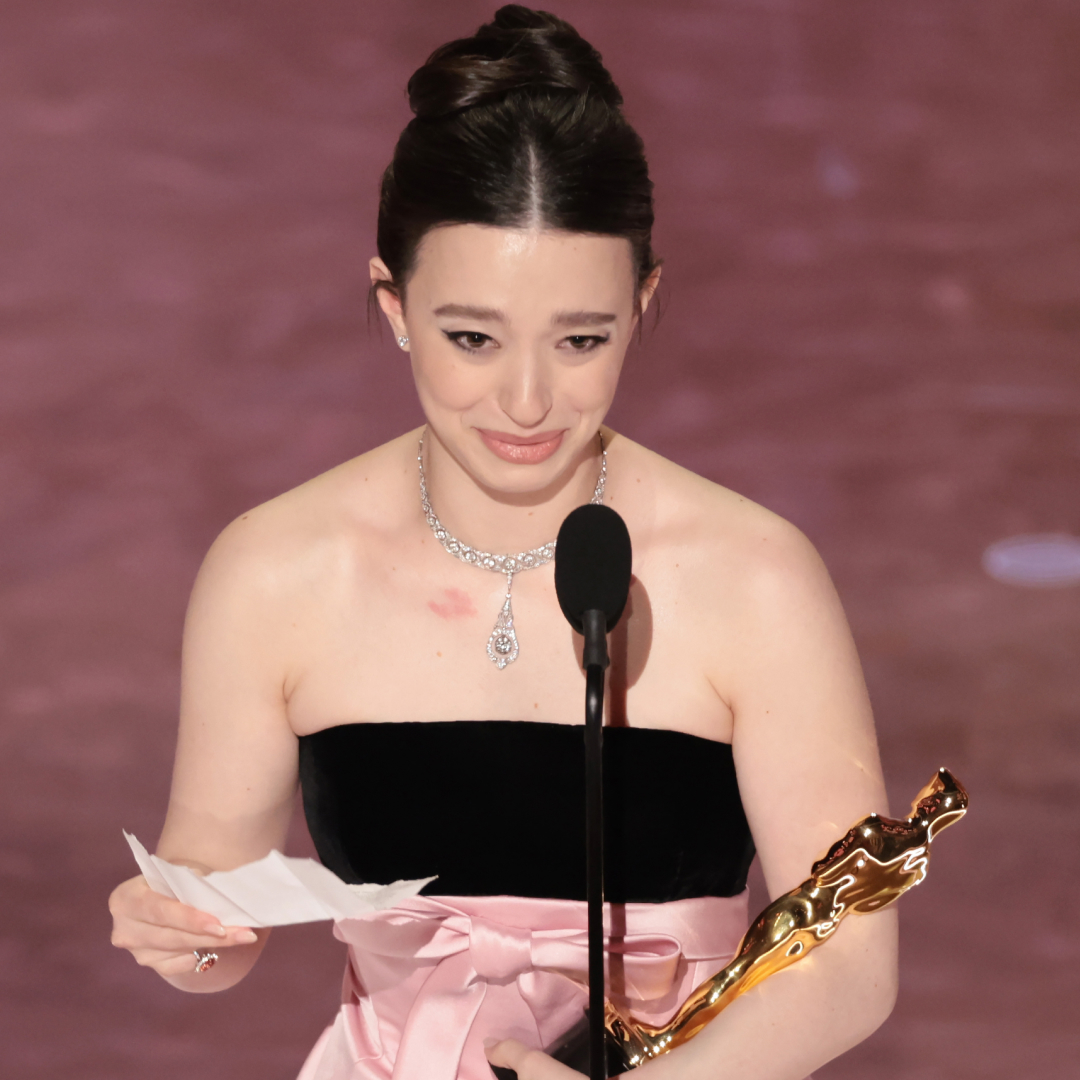 'Anora' Star Mikey Madison Takes Home the Best Actress Award at the 2025 Oscars in a Surprise Win
'Anora' Star Mikey Madison Takes Home the Best Actress Award at the 2025 Oscars in a Surprise Win"I will continue to support and be an ally."
By Quinci LeGardye
-
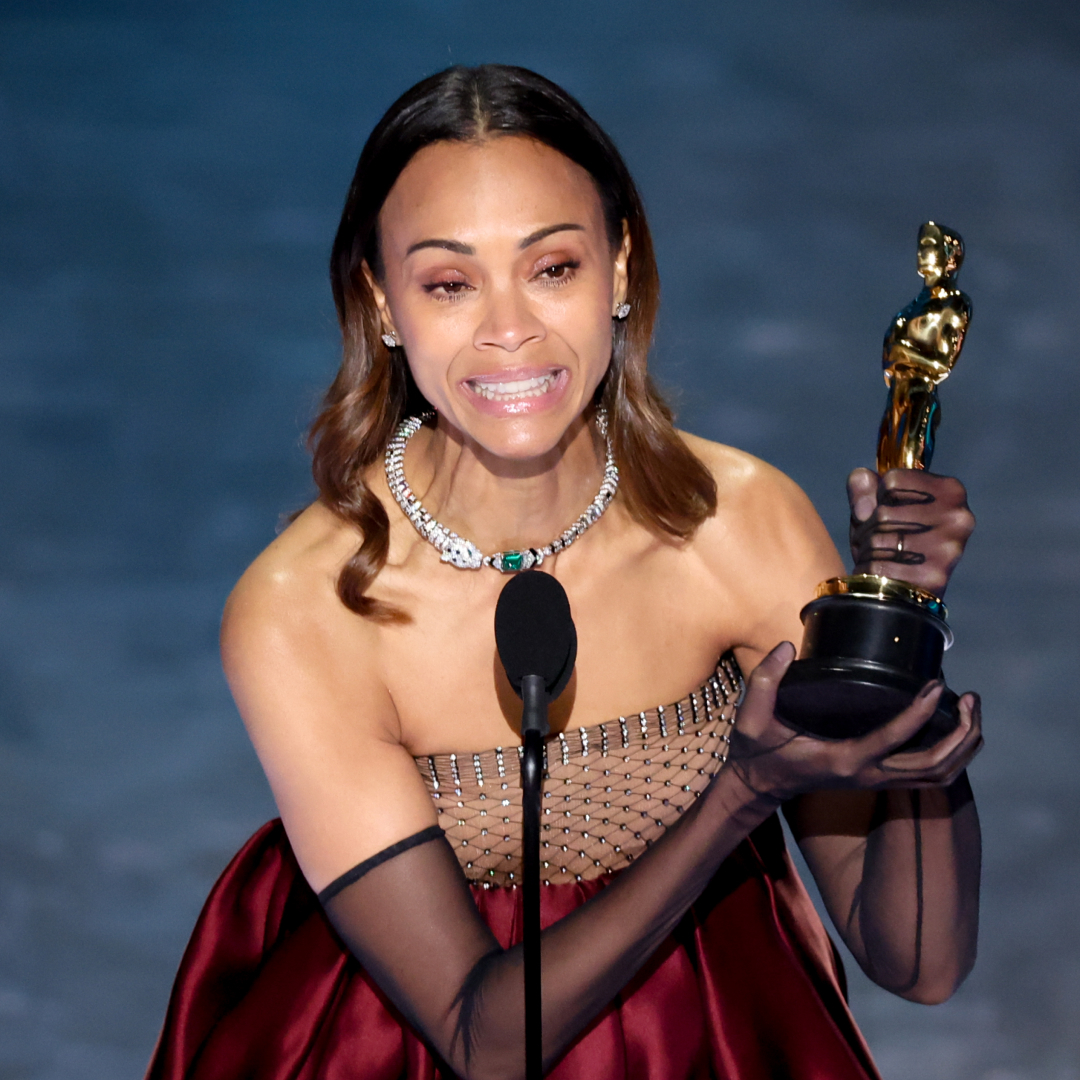 Zoe Saldaña Becomes the First American of Dominican Origin to Win an Oscar
Zoe Saldaña Becomes the First American of Dominican Origin to Win an Oscar"I am the first American of Dominican origin to accept an Academy Award and I know I will not be the last."
By Quinci LeGardye
-
 LISA, Doja Cat, and Raye Perform a Glamorous 'James Bond' Tribute at the 2025 Oscars
LISA, Doja Cat, and Raye Perform a Glamorous 'James Bond' Tribute at the 2025 OscarsThe Academy Awards are for the pop girls, actually.
By Quinci LeGardye
-
 Ariana Grande and Cynthia Erivo Open the 2025 Oscars With a Showstopping 'Wicked' Performance
Ariana Grande and Cynthia Erivo Open the 2025 Oscars With a Showstopping 'Wicked' PerformanceThe awards show began with a medley of songs inspired by the Best Picture-nominated film and adaptations of 'The Wizard of Oz.'
By Quinci LeGardye
